Within the constellation of water-loving birds, the Saddle-billed Stork, scientifically known as Ephippiorhynchus senegalensis, stands out as an impressive figure.
A member of the order Ciconiiforme and the family Ciconiidae, this species earns its name from the distinctive saddle-shaped shield adorning its bill. It’s worth exploring why this particular stork bears such a unique identifier and how it fits within the avian kingdom, so let’s dive straight into things!
From Bill to Tail: Remarkable Features of the Saddle-billed Stork and its lifespan.
Distinguishing itself as the largest member of its family, the Saddle-billed Stork commands attention with its striking appearance.
The adult male is unmistakable with its sharp contrast of black and white feathers. But it’s the stork’s vibrant red bill, marked by a bold black band , that truly sets it apart. Crowning this noble profile is the unique yellow frontal shield, giving it the namesake ‘saddle‘.

Females share the imposing stature, yet they can be discerned by their smaller size and yellow irises. In contrast, males boast darker eyes and the presence of two wattles near the bill base. Juveniles wear coats of grey and miss the vibrancy of their elders, achieving their full plumage glory only as they mature.
With a length spanning 145 to 150 centimeters and a wingspan stretching an impressive 240 to 270 centimeters, the Saddle-billed Stork is built to stand out. They weigh in at 5 to 7.5 kilograms for males and are slightly lighter for females, tipping the scales at 5 to 7 kilograms. Remarkably, these storks have the potential to witness several decades pass within their territory, living up to 36 years.
To compare the different African Stork species, I have created a summarized table for you below, but beware that these can overlap or change in time:
| Stork Species | Country of Residence | Size (Largest to Smallest) | Looks |
|---|---|---|---|
| Marabou Stork (Leptoptilos crumeniferus) | Various Sub-Saharan African countries | Largest Stork in the World | Distinctive bald head, large bill, and massive size. |
| Saddle-billed Stork (Ephippiorhynchus senegalensis) | Various Sub-Saharan African countries | Large | Black and white plumage, long and colorful bill. |
| Yellow-billed Stork (Mycteria ibis) | Various Sub-Saharan African countries | Large | White plumage, yellow bill, and black wing feathers. |
| African Openbill (Anastomus lamelligerus) | Various Sub-Saharan African countries | Medium to Large | Slit-like gap in their bills, black and white plumage. |
| Woolly-necked Stork (Ciconia episcopus) | Various Sub-Saharan African countries | Medium | Black and white plumage, distinct woolly neck. |
| Abdim’s Stork (Ciconia abdimii) | Eastern and Southern Africa | Medium | Black and white plumage, red facial skin. |
| White Stork (Ciconia ciconia) | Northern Africa, Morocco | Medium | White plumage, long red legs, and black wingtips. |
| Painted Stork (Mycteria leucocephala) | Limited to few African countries | Medium | Pink, white, and black plumage, distinctively colorful. |
| Black Stork (Ciconia nigra) | Northern and Southern Africa | Medium to Large | Mostly black plumage, sometimes with a white belly. |
Want to find the best binoculars for a safari? Check out my blog post here!
The Saddle-billed Stork, what is its habitat and which countries does it live in?
The Saddle-billed Stork’s status as the alpha among its peers is not just due to its commanding presence. It resides across a diverse habitat range in Africa, specifically from the arid stretches south of the Sahara Desert to the lush terrains of South Africa.
All the countries is a huge list, but let’s summarize: Angola, Benin, Botswana, Burkina Faso, Burundi, Cameroon, Central African Republic, Chad, the Democratic Republic of the Congo, Djibouti, Eritrea, Eswatini (formerly Swaziland), Ethiopia, Gabon, Gambia, Ghana, Guinea, Ivory Coast, Kenya, Lesotho, Liberia, Malawi, Mali, Mozambique, Namibia, Niger, Nigeria, Rwanda, Senegal, Sierra Leone, Somalia, South Africa, South Sudan, Sudan, Tanzania, Togo, Uganda, Zambia, and finally Zimbabwe.
Its choice of environment tells of its adaptive behaviors – a preference for wetlands over forests and exceptional abilities to make the most of semi-arid areas for survival.

Ephippiorhynchus Senegalensis is also a marvel of adaptation, honed perfectly to thrive in its aquatic surroundings. It’s no coincidence that these birds have cultivated a lifestyle focused on water sources such as marshes and river margins.
Amidst the tranquility of their wetland realm, Saddle-billed Storks maintain a discreet presence. With vocalizations rare enough to be a footnote in their behavioral portfolio, their preferred mode of communication is bill-clattering from their nests, a sound that resonates with the simplicity and clarity of their lifestyle.
What does the Saddle-billed stork eat?
The Saddle-billed Stork is a master of its aquatic realm, relying on a blend of finesse and patience while hunting. Unlike raptors that dive for their prey, this impressive bird opts for a stealthier approach. Wading through shallow waters, it meticulously scans for fish, crustaceans, and amphibians, so you can call them real carnivores.
Its strategy is simple yet effective: slow stalking followed by a swift strike, utilizing its sharp bill with precision to snag a meal.
The breeding and pairing Behaviors of the Saddle-billed Stork
The breeding rituals of Saddle-billed Storks are less showy compared to other bird species, but still can be funny. They form enduring pairs (so they are monogamous) and engage in subtle courtship, which often includes mutual preening and bill-clattering.
Contrastingly, their nesting behavior exhibits a pragmatic nature. Each breeding season, they either construct a new nest atop trees near water bodies or refurbish a previous one, weaving in fresh vegetation to bolster its structure.
Once the female lays her clutch of 2 to 3 eggs, diligence sets in, with both parents sharing the responsibilities of incubation over 30 to 35 days.
Progressing to the care of newborns, chicks are born clothed in a soft white down. Both adults partake in feeding and nurturing their young, slowly preparing them to venture into the world.
By the age of 70 to 100 days, the fledgling storks are ready to test their wings, leaving the nest to explore their surroundings and beginning their own journey as solitary creatures.

Conservation Status: Safeguarding the Future of the Saddle-billed Stork
The transformation of wetlands through human activity, climate change effects, and the excessive use of pesticides that enter the food chain present significant challenges. While fortunately, the Saddle-billed Stork is not currently endangered, vigilance is crucial to ensure that it does not become another statistic of declining bird populations.
Efforts to safeguard the habitats of these storks must be a priority. This involves protecting wetland areas, ensuring sustainable agriculture practices that reduce the need for pesticides, and supporting conservation programs that monitor and bolster their populations.
FAQs on the Saddle Billed Stork.
Time for our famous FAQs section, where we answer every single question remaining on the topic! 🙂
Do Saddle-Billed Storks fly?
Yes, saddle-billed storks (Ephippiorhynchus senegalensis) are capable of flying. While they are large birds and may appear somewhat ungainly on land due to their size and long legs, they are adapted for flight. Saddle-billed storks have powerful wings and can soar gracefully in the air. Like many other bird species, they use flight for various purposes, including foraging, migration, and escaping from predators.
Do storks have enemies?
Saddle-billed storks, like many other bird species, face various threats and potential predators in their natural environment. Some of the potential enemies or threats to saddle-billed storks include:
- Large Predators: Animals such as crocodiles, large snakes, and predatory mammals may pose a threat to both adult and juvenile saddle-billed storks.
- Birds of Prey: Eagles and other birds of prey may target young or vulnerable saddle-billed storks.
- Human Activities: Human activities can also pose threats to these birds. Habitat destruction, pollution, and disturbance by humans can negatively impact their populations.
- Nest Predators: Eggs and chicks are vulnerable to a range of predators, including monitor lizards, mongoose, and various mammals.
Do they have teeth?
No, saddle-billed storks do not have teeth. Like most birds, storks lack teeth in their beaks. Instead, their beaks are adapted for capturing and swallowing their prey whole or tearing it into smaller pieces. The beaks of saddle-billed storks are long, strong, and pointed, allowing them to efficiently hunt and consume their primary diet of fish, amphibians, and small mammals. The absence of teeth is a characteristic feature of birds.
Are they shy?
Saddle-billed storks (Ephippiorhynchus senegalensis) are generally known to be shy and elusive birds. Their shy behavior is a common trait among many bird species, especially those that inhabit wetlands and other natural environments. This wariness helps them avoid potential predators and maintain a level of caution in their surroundings.
My Final Conclusion.
Encouraging eco-tourism that appreciates and respects these birds, like going on safaris or staying in game reserves, along with other wildlife, contributes to conservation efforts. Through education and awareness, more people may become stewards of the fascinating species that share our planet, so what are you waiting for to go and see the Saddle Billed Stork birds live?
If you have any more questions about this bird, please feel free to leave them down below in the comment section or join me on my social media channels for more pictures, videos, and stories about my travels to Africa!
I wish you happy travels and/or birdwatching!
Kind regards,
Lizzy
I now have a YouTube channel as well!
YouTube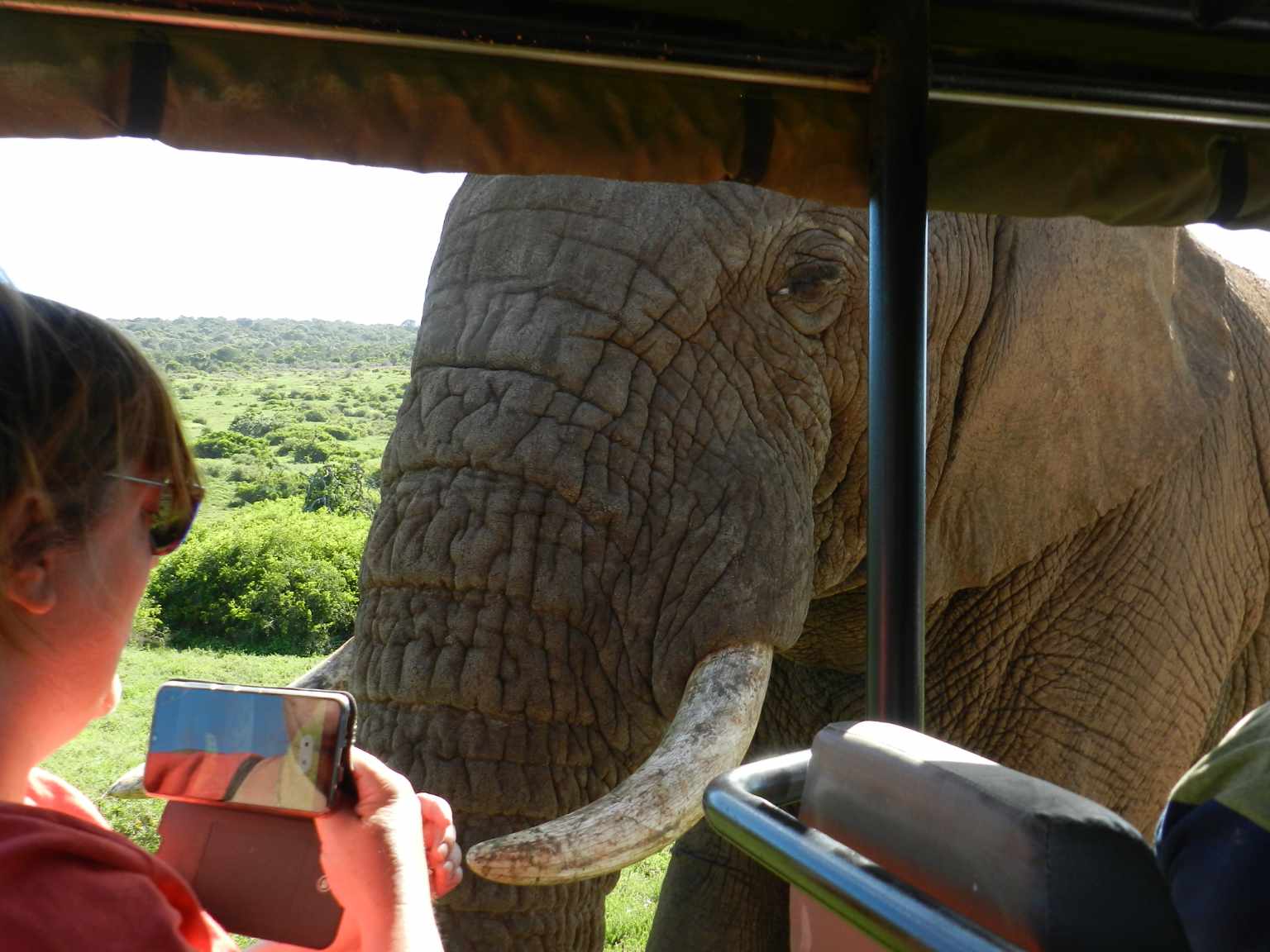
Hello Africa travellers!
Who am I? Well, the least you can say is that I am quite crazy about Africa, its nature, its climate, its culture, and more.
As a young woman in my twenties, I had already traveled to several African countries by traveling along in an overlander on my own and mostly camping ( or glamping ) and just fell in love with the diversity of it all.
So much, so that at the age of 26, I went back to university to study biology, which, unfortunately, I couldn’t finish because of health reasons (yes, I got sick from a tropical disease, oh cynicism). But this did not stop my dream of traveling back to Africa several times, and I still do.
My dream was back then to leave Europe and go study animal behavior, especially the elephants (sure, that’s every girl’s dream haha), but I am also very much intrigued by hyenas and other “ugly African animals“.
So, I “kind of” have a little bit of a scientific approach to my articles, when I write about African birds, for example. And most of all: the passion.
But life goes on, you move from one side of the country to the other, you get sick again and top it off with lower back problems, and before you know it, you are over 50 hahaha!
Now, I still travel to Africa, but take it a bit “easier” than the good old camping days, and stay in comfortable, yet affordable accommodations, together with my husband Wouter.
These are some of the countries I have traveled to: Kenya, Tanzania, Zanzibar, Malawi, Zambia, Zimbabwe, South Africa, Namibia, Botswana, Tunisia, and a little bit of Lesotho LOL .
While clearly not being African territory, but Spanish, I also visited Gran Canaria and Tenerife, and location-wise, I consider them “African”, because of their climate and nature, sue me :-p
The last trip I took was to South Africa in the year 2023, and it sure got the fevers for Africa back! From the Barberton mountains to the Drakensberg and the Southcoast, one month wasn’t enough at all to see the whole country, so we’ll be back! At ease and with a little bit more luxury than in my younger days haha!
I wish you happy travels!
Kind regards
Lizzy


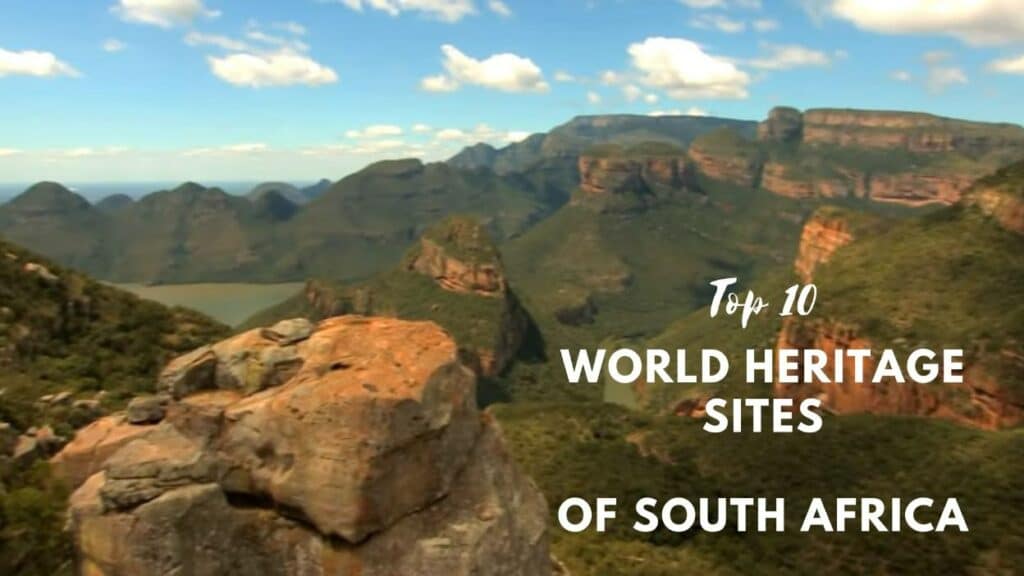


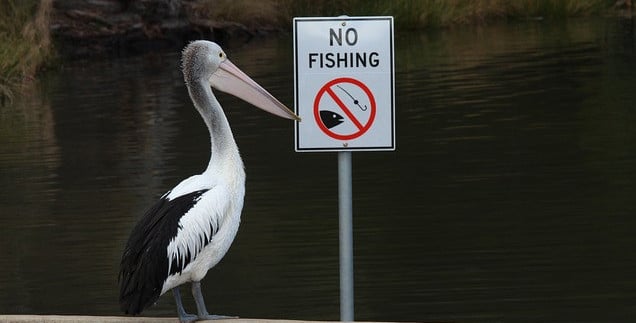


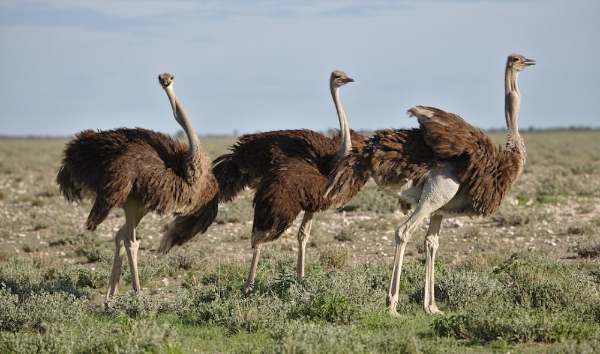
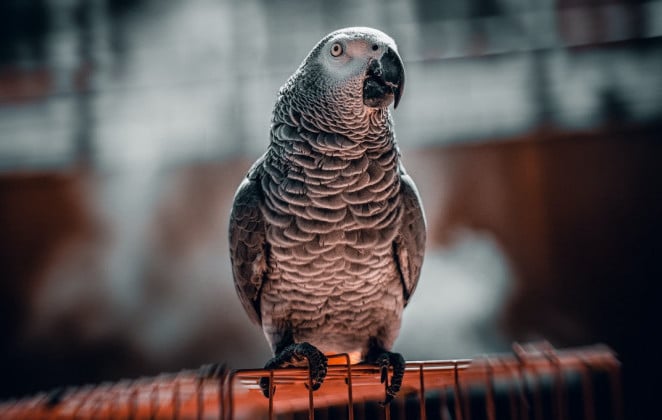

Being an animal lover my entire life, I am always looking to learn more about animals from all over the world. I will purchase books to read to learn from regularly. Spend some of my time on YouTube watching animal videos in my spare time.
The images are beautiful and eye-catching. They are very relevant to the information on the Saddle Billed Stork.
Reading the section on this bird’s habitat was very interesting. I never realized they were carnivores before reading this article.
You provided an awesome article on this incredible beautiful stork. I am looking forward to reading more of your articles real soon
Jeff
Hello Jeff!
Your compliments are very much appreciated and I wish you happy birdwatching!
Can I recommend one of the best books out there on watching Southern Africa’s birds and identifying them?
Kind regards,
Lizzy
Hi Lizzy:
I admire your love for Africa and its diverse animals. The information you share on your website is intriguing and offers so much value. Your vivid descriptions of the Saddle-billed Stork, the images, and the video drew me into your story. It’s a rich African Fever narrative told with your passion for this journey you share with your readers.
I enjoy your website and articles from other parts of the world. Thank you for sharing!
Veron
Hello Veron!
You are very welcome and I am glad you enjoy my site and information!
Lizzy
Wow, saddle-billed storks sound like real standouts in the bird world with those vivid bills and long lives! Who knew they had such unique dining habits and shy personalities? Definitely a creature to admire from a respectful distance. Have any of you seen one in person? Would love to hear about it!
Hi there!
Oh for sure,I have seen plenty of Saddle Billed storks in Botswana near the Okavango Delta and they are amazing to watch! thanks you for your comment!
Lizzy
I have noticed that you have a love for both the African continent and its animals. What is it that you like about the so-called ‘ugly’ African animals? I don’t think my eyes are as well trained as yours to tell the difference between ugly and non-ugly animals. I guess that’s due to both your talent and your passion for this topic. Do you see any differences between African animals and those found in other parts of the world?
I look forward to learning more about Africa and African animals through your website. Please keep up the great work!
Hi there!
About “the ugly five animals” of Africa, it is what is generally perceived by humans to be “ugly”, not so much specifically of what I think is ugly, at all hahaha. I think it is just another thing that Rangers can talk about as some kind of joke, nothing really scientifically speaking ugly or something lol. Beauty is in the eye of the beholder right? ( I love hyenas, for example)
Thank you for that question and comment!
Lizzy